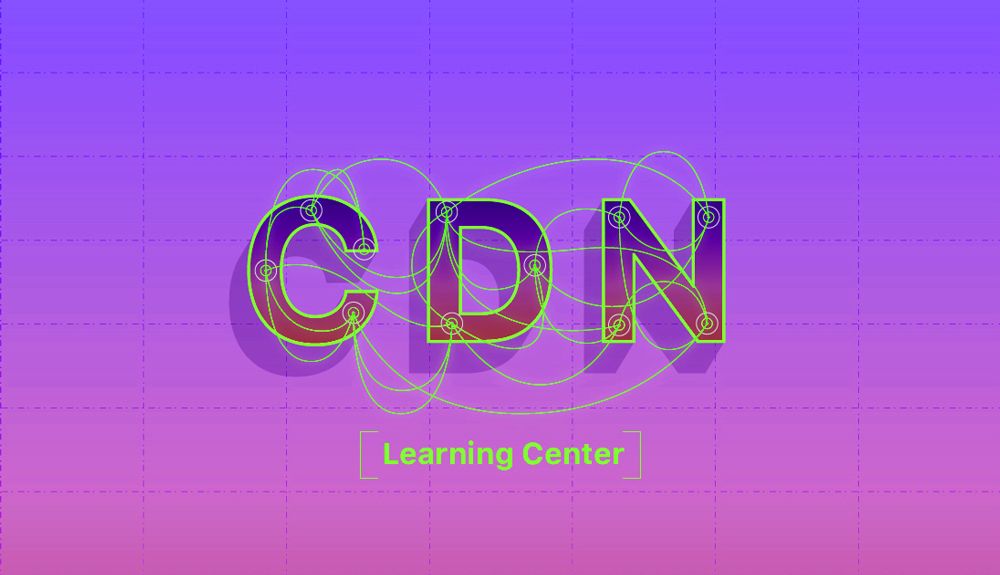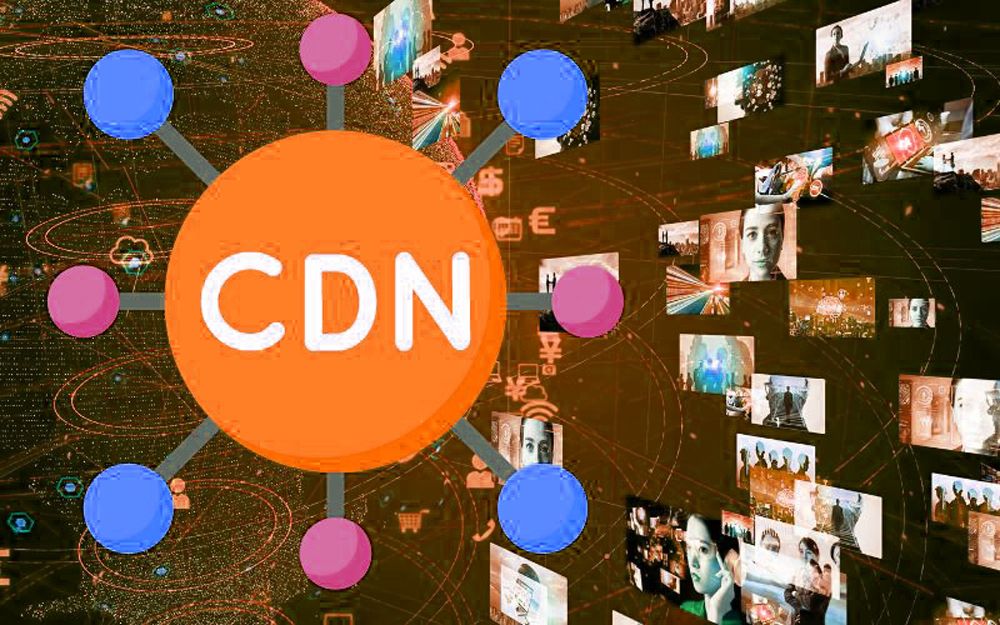In today’s digital world, the speed of access and user experience play a crucial role in the success of online services. One of the key technologies that contributes to enhancing performance is the Content Delivery Network (CDN). But what exactly is a CDN? Why is it so important, and how can businesses leverage it to optimize user experience and improve SEO? Let’s dive into the details in this article.
1. What is a CDN?
CDN (Content Delivery Network) is a system of distributed servers located around the world, designed to deliver web content (such as images, videos, documents, and web pages) to users in a faster and more efficient manner. These servers are often placed in multiple geographical locations, ensuring that users can access content quickly from a nearby server, reducing latency and improving load times.
When a user requests a resource (for example, to load a web page), the system automatically selects the server closest to the user’s location to deliver the content, rather than fetching it from the origin server. This not only speeds up page loading times but also reduces the load on the origin server, enhancing the overall stability and scalability of the website.
2. How Does a CDN Work?
To better understand how this technology functions, let’s explore how it operates:
- Content Distribution Across Servers: The network distributes content from servers located in various parts of the world. Each server stores a cached copy of the original content, ensuring that users always access the content from a nearby source.
- Caching: This technology uses caching techniques to store copies of static files like images, videos, CSS files, and JavaScript. When users request these files, the system serves them from the cached copies, eliminating the need to fetch them from the origin server each time, which significantly reduces load times.
- Automatic Server Selection: When a request is made by a user, the system automatically selects the nearest server based on the user’s geographical location. This helps minimize latency and optimize bandwidth usage.
- Distributed Network for Reliability: With servers spread globally, this system ensures that if one server encounters an issue, others can still handle requests from users, maintaining high availability and reliability.
3. Types of Content Delivered by a CDN
While the main purpose of a Content Delivery Network is to deliver static and dynamic content, it can handle a wide range of resources. Here are some key types of content that can be delivered:
- Static Content: These are files that do not change over time, such as images, videos, PDF documents, audio files, and CSS or JavaScript files.
- Dynamic Content: These files are generated in real time, such as user-specific data, dynamically created web pages, or database-driven content. Some systems also optimize dynamic content delivery through techniques like Edge Computing.
- Video Streaming: For services like Netflix, YouTube, or live streaming platforms, this technology helps deliver smooth video playback and reduces buffering by distributing video content across multiple servers.

4. Benefits of Using a CDN
Using a Content Delivery Network brings several advantages to businesses and end users alike. Here are the primary benefits:
4.1. Improved Page Load Speed
By reducing the physical distance between the server and the user, this technology helps improve page load times. Content is served from a server closer to the user’s geographical location, reducing latency and speeding up access.
4.2. Enhanced User Experience
Page load speed directly influences user experience. If a website takes too long to load, users are likely to abandon it. By using a Content Delivery Network, load times are significantly reduced, which leads to a better user experience.
4.3. Reduced Bandwidth and Server Resource Consumption
With static content stored in multiple locations, the amount of bandwidth used by the origin server is significantly reduced. This not only helps save bandwidth costs but also eases the load on the origin server, contributing to better overall system stability.
4.4. Increased Security
This technology provides additional layers of security, including protection against DDoS (Distributed Denial-of-Service) attacks and other security threats. By distributing the content across multiple servers, the risk of a single point of failure is minimized.
4.5. Scalability and Stability
For websites experiencing high traffic or sudden spikes in users, this system makes scaling easier. The distributed network can handle large volumes of requests without compromising performance, ensuring that the site remains stable and responsive.

5. CDN and SEO: The Link Between Speed and Rankings
Search Engine Optimization (SEO) aims to improve various factors that contribute to a website’s ranking on search engines, with page load speed being a critical element. Google has acknowledged that page load time is a ranking factor, especially when optimizing for mobile devices.
When a site loads faster, users are more likely to stay and engage with the content, which indirectly boosts conversion rates and reduces bounce rates. Therefore, utilizing this technology to improve page speed can directly benefit SEO, helping a website achieve higher rankings in search engine results.
6. Popular CDN Providers
There are several reputable providers offering these services today, each with its own set of features and advantages. Some of the leading providers include:
- Cloudflare: One of the most popular solutions, Cloudflare offers robust performance optimization and security features, with an extensive network of servers across the globe.
- Akamai: A pioneer in the CDN space, Akamai boasts an expansive network and is trusted by many large-scale enterprises for fast and reliable content delivery.
- Amazon CloudFront: Part of Amazon Web Services (AWS), CloudFront is a flexible and scalable solution that integrates well with other AWS services.
- KeyCDN: A cost-effective CDN provider offering powerful features like SSL security and HTTP/2 support, suitable for businesses of all sizes.
7. Conclusion
In the digital age, optimizing page load speed and improving user experience are essential factors for success. A Content Delivery Network is an effective solution to speed up website loading times, reduce latency, save bandwidth, and ensure stability. Using this system brings significant benefits not only to end users but also to SEO, contributing to higher search engine rankings.
In conclusion, a distributed network is an invaluable tool for optimizing web performance, especially for websites with high traffic or heavy content delivery. The numerous benefits related to speed, security, and scalability make it a critical component in any website’s infrastructure. Whether you’re managing an e-commerce platform, a media website, or any other type of online business, leveraging this technology is a smart move for improving both user experience and site performance.
* Contact us:
- Email: dc@dcx.com.vn
- Phone: 0333361599
- Facebook: https://www.facebook.com/DCX.Tech.Solutions/
